23
Traveling with Supraventricular Tachycardia: Essential Safety Tips
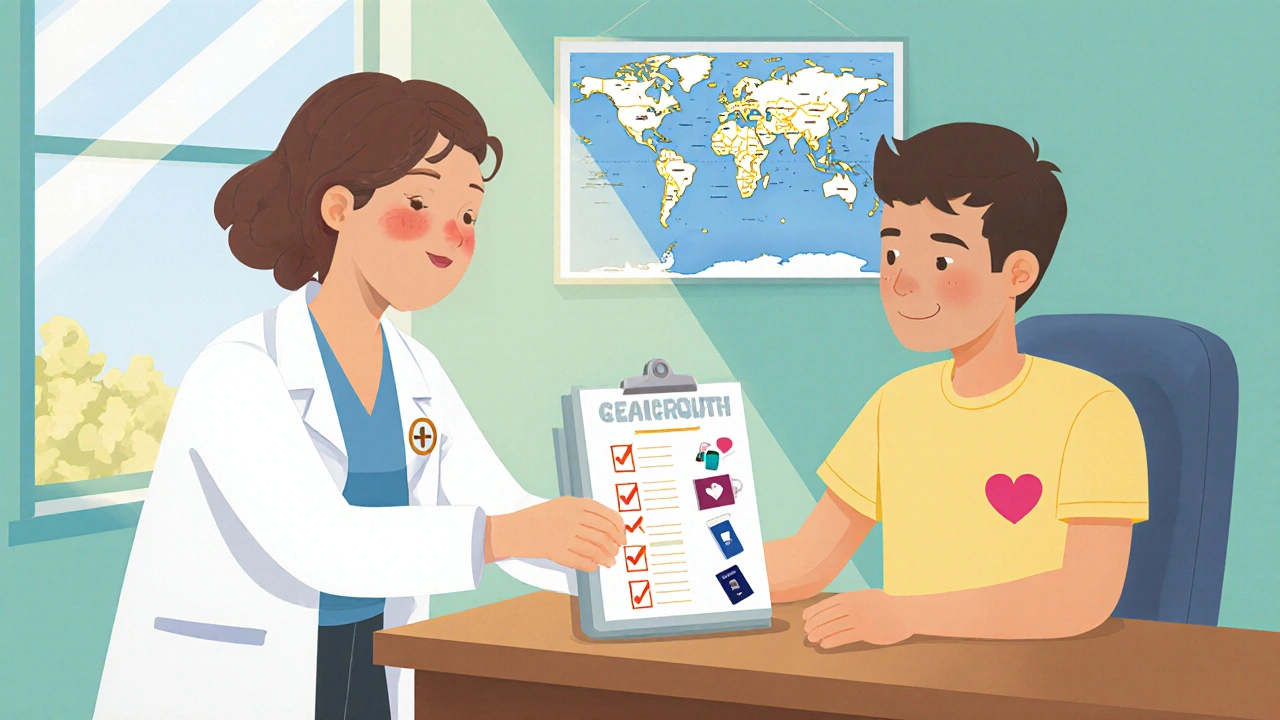
SVT Medication Supply Calculator
Calculate the exact amount of your SVT medication to pack for your trip, accounting for time zone changes and potential delays.
Recommended Medication Supply
Total pills needed: 0
Packing recommendation:
Based on days of travel with doses per day
When you’ve been diagnosed with Supraventricular Tachycardia is a rapid heart rhythm that starts above the heart’s ventricles. It can cause sudden palpitations, shortness of breath, or dizziness, especially during stress or excitement. Planning a trip abroad doesn’t have to be a needle‑in‑a‑haystack situation-you just need the right prep, the right meds, and a solid safety net.
Pre‑Travel Health Check‑Up
Schedule a visit with your cardiologist at least four weeks before you leave. Ask for a clear assessment of your current rhythm control strategy and whether any dose adjustments are needed for time‑zone changes or increased activity. Request a written summary that includes:
- Your diagnosis and current medication list (including brand and generic names).
- Typical heart‑rate triggers you’ve noticed.
- Emergency instructions for healthcare providers unfamiliar with your case.
Medication Management on the Road
Travel often disrupts your routine-late meals, new climates, and jet lag can all provoke SVT episodes. Here’s a quick checklist to keep your drug regimen on track:
- Pack a two‑week supply of each prescription in its original labeled bottle. Use a waterproof pill case for easy access.
- Carry a copy of the prescription and a note from your doctor for customs. Most countries allow personal import of up to 90 days’ worth of medication with proper documentation.
- Set alarms on your phone for each dose, especially if you cross multiple time zones.
- Bring a backup list of generic alternatives in case a brand isn’t available abroad.
For many SVT patients, beta blockers such as metoprolol or atenolol are first‑line. If you’re on a calcium channel blocker (e.g., diltiazem) or an anti‑arrhythmic (e.g., flecainide), double‑check storage requirements-some need refrigeration.
Travel Insurance That Covers Cardiac Events
Not all travel policies treat cardiac emergencies the same. Look for plans that explicitly mention "pre‑existing heart conditions" and cover:
- Emergency hospitalization and specialist consultation.
- Air evacuation back to your home country if local facilities are insufficient.
- Prescription medication shipping or local pharmacy reimbursements.
| Feature | InsureCo Premium | GlobeGuard Basic |
|---|---|---|
| Pre‑existing condition coverage | Yes, up to $250,000 | No (requires additional rider) |
| Air medical evacuation | Included worldwide | Limited to EU region |
| Prescription refills abroad | Reimbursed up to $500 | Not covered |
| 24/7 multilingual support | Yes | English only |
Know the Local Emergency System
Every country has its own emergency number and hospital classification. Before you land, write down the local number (e.g., 112 in the EU, 999 in the UK, 911 in the US). Also, identify the nearest hospital with a cardiology unit. In many places you can find this info on the Ministry of Health website or even on Google Maps.
Carry a small card that reads:
SVT - Supraventricular Tachycardia Current meds: Metoprolol 50 mg BID Allergies: None Doctor: Dr. Jane Doe, +44 20 7946 1234
Show this card to paramedics; it speeds up triage and prevents medication errors.
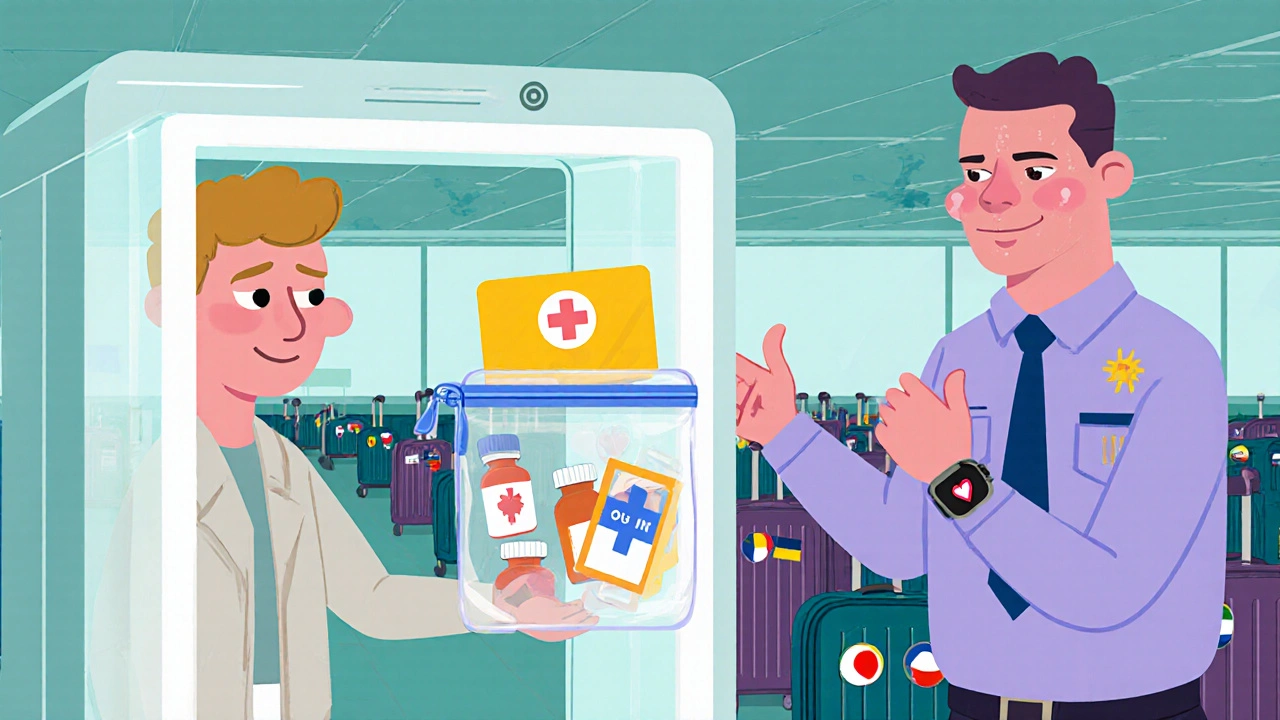
Airport Security and Medication Rules
Most airports allow you to bring liquid medication in a clear bag, but you’ll need the prescription label and a doctor’s note if the volume exceeds 100 ml. Keep the bag separate from other liquids so security personnel can inspect it quickly.
Tip: Pack medication in your carry‑on, not checked baggage. Cabin pressure changes can affect pills, and you’ll avoid the nightmare of lost luggage.
Managing Triggers While Exploring
Travel excitement can be a double‑edged sword. Here’s a practical list of common SVT triggers and how to dodge them:
- Caffeine: Limit coffee to one small cup per day, especially on long flights where dehydration amplifies its effect.
- Alcohol: Stick to low‑alcohol beverages and stay hydrated with water.
- Extreme temperatures: Use cooling scarves in hot climates and layer up in cold environments; sudden temperature shifts can provoke arrhythmias.
- Physical exertion: Plan moderate activities (e.g., city walking tours) and schedule rest breaks every 30‑45 minutes.
- Stress: Practice simple breathing exercises-inhale for four seconds, hold for four, exhale for six-to keep heart rate steady before a busy itinerary.
When an Episode Happens Abroad
If you feel a rapid heartbeat, follow this quick action plan:
- Sit or lie down immediately to avoid falls.
- Perform a vagal maneuver-press your eyes firmly shut and bear down as if having a bowel movement-for 10-15 seconds.
- If the rhythm doesn’t slow, take your prescribed “rescue” medication (often a fast‑acting beta blocker).
- Call emergency services with your pre‑written card ready.
- Inform the medical team of your diagnosis, current meds, and any known drug allergies.
Having a medical alert bracelet that says "SVT - Supraventricular Tachycardia" can be a lifesaver when you’re unable to speak.
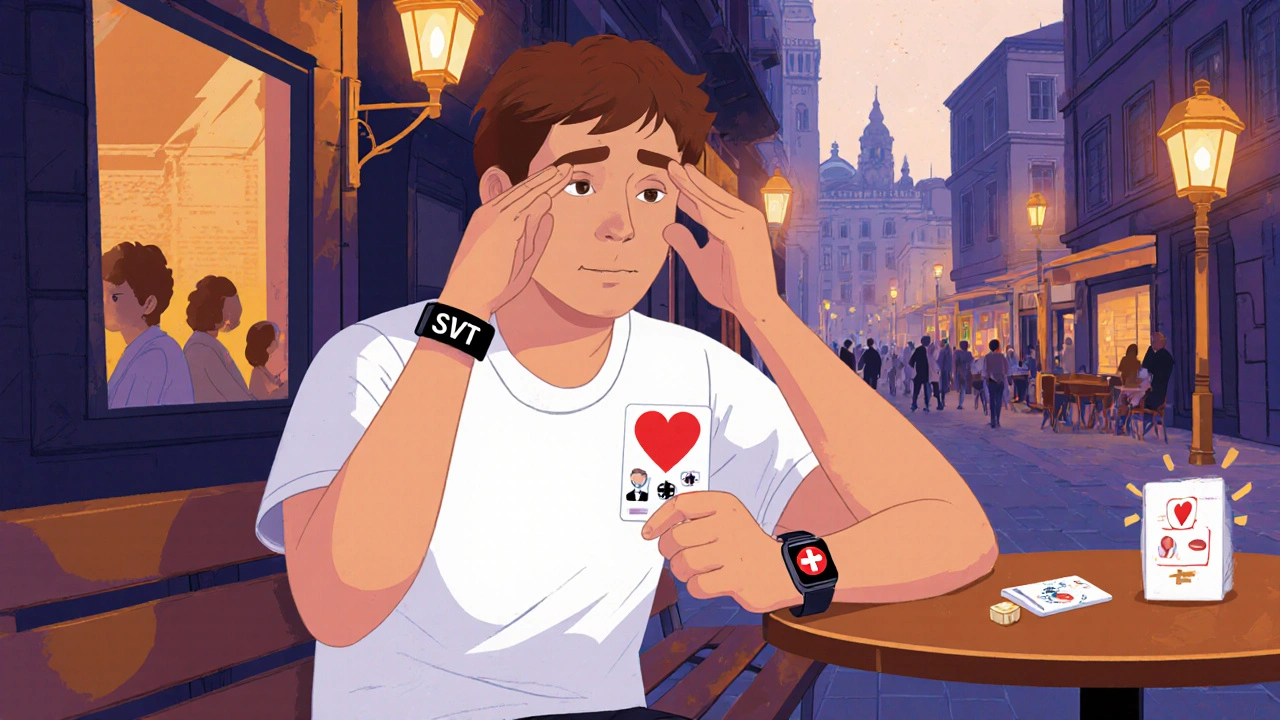
Staying Connected: Apps and Devices
Modern tech can give you peace of mind. Consider these tools:
- Heart‑rate smartwatch (e.g., Apple Watch, Garmin) that alerts you if your pulse exceeds a set threshold.
- Apps like "HeartPal" or "CardioSignal" that let you log episodes and share data with your doctor via secure email.
- Travel‑specific health apps (e.g., “TravelSafe”) that store your medical card, insurance details, and emergency contacts all in one place.
Quick Recap - Your SVT Travel Checklist
- Doctor’s clearance and written summary (English + local language).
- Two‑week supply of meds, copies of prescriptions, and a doctor’s note for customs.
- Travel insurance covering pre‑existing heart conditions and evacuation.
- Local emergency number and nearest cardiology‑center identified.
- Medical alert bracelet and pocket‑card with medication list.
- Carry‑on bag for meds, clear labeling for airport security.
- Smartwatch or app for heart‑rate monitoring.
- Plan for triggers: limit caffeine, stay hydrated, manage stress.
Follow these steps and you’ll feel confident exploring new cultures without letting SVT hold you back.
FAQs about SVT and International Travel
Can I travel by plane if I have SVT?
Yes, most people with well‑controlled SVT can fly safely. Bring your meds, stay hydrated, and move your legs every hour to avoid blood‑clot risks.
Do I need a doctor’s note for customs?
Many countries require a written prescription or doctor's note for personal medication imports. Having one in English and the destination’s language smooths the process.
What should I do if I have an SVT episode on a remote island?
Sit down, try a vagal maneuver, and take your rescue medication if prescribed. Call the local emergency number immediately and use your medical card to guide responders.
Are there any vaccinations that can trigger SVT?
Vaccines can cause mild fever, which might provoke an episode in sensitive individuals. Discuss timing with your doctor; often it’s safest to get vaccines a week before travel.
How can I keep my medication stable without refrigeration?
Most beta blockers and anti‑arrhythmics are stable at room temperature. If you’re on a drug that needs cooling, use a small insulated pouch with a reusable ice pack for short trips.
Traveling with supraventricular tachycardia doesn’t have to be a gamble. By preparing ahead, packing smart, and knowing your triggers, you can enjoy new places while keeping your heart under control.
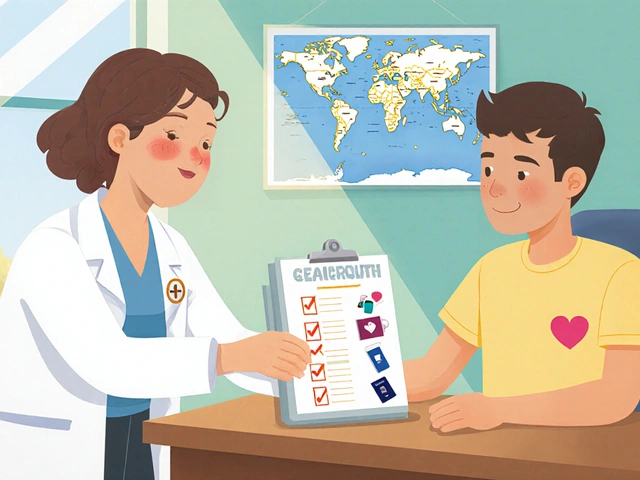
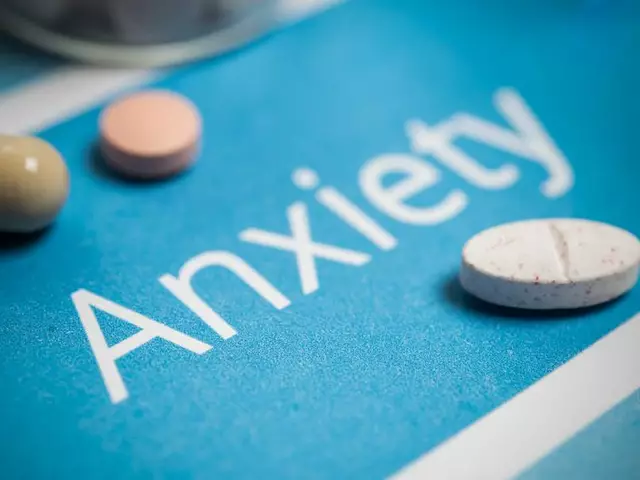
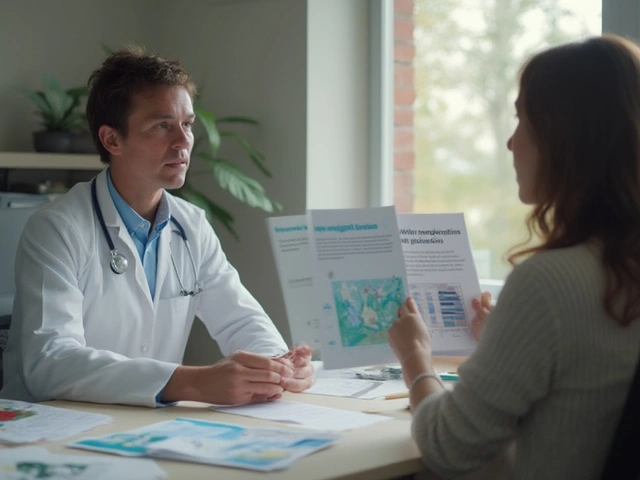



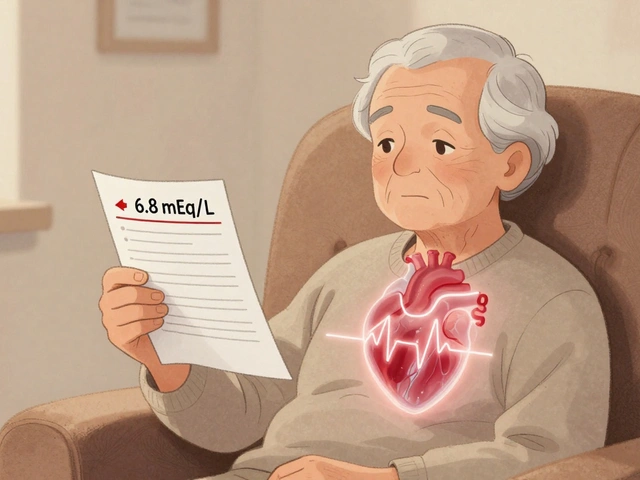

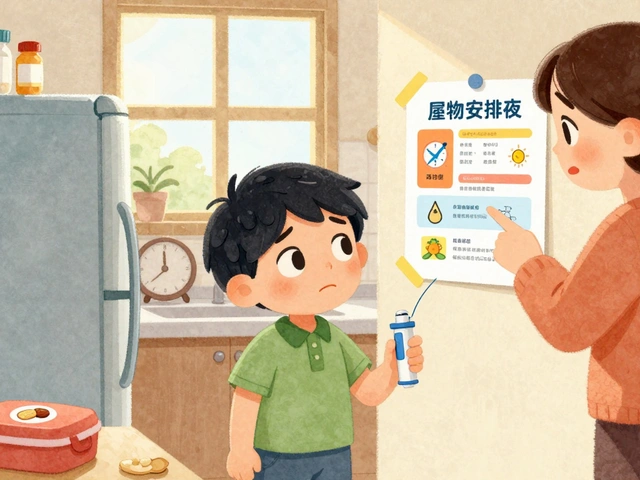
Dante Russello
October 23, 2025 AT 14:35Great checklist, very thorough, and super helpful!
Scott Ring
November 7, 2025 AT 08:02One thing that saved me on a recent trip was learning the local phrase for “I have a heart condition” – it’s a few words, but it cuts down the confusion at the clinic. Also, having the emergency card translated into the native language ahead of time shows respect and speeds up care. I always set a second alarm on my watch in case the phone battery dies. A quick tap on the wrist can be a lifesaver when you’re in a busy market.
Shubhi Sahni
November 22, 2025 AT 01:30Don’t forget to verify that your travel insurance actually covers pre‑existing conditions, because many policies hide exclusions in the fine print, and you’ll thank yourself when an unexpected episode occurs abroad. Ask the insurer to send you a written confirmation, keep it in your carry‑on, and compare the coverage limits side by side with your needs. It’s especially important to check if air evacuation is included, as some plans only cover regional transport. Also, confirm the maximum reimbursement for prescription refills – a few hundred dollars can make a huge difference in a foreign pharmacy.
Danielle St. Marie
December 6, 2025 AT 18:57Honestly, only the truly adventurous – the kind who can handle a sprint to the runway at 30,000 feet without a tic – need a guide this detailed. Most of us just take a pill, sip water, and enjoy the view, no need for a 20‑page manual. 🙄 If you’re from the U.S. you’ve got the best hospitals at home, so why stress over a postcard‑size card? Still, if you love paperwork, go ahead, and good luck. 😏